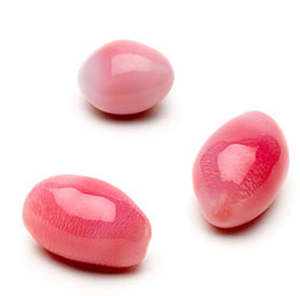 |
Conch Pearls Conch pearls were first discovered only after Columbus had discovered the new world. The reson behind this is due to the fact that themarine gastropod responcible for produsing these perls known as Strombus gigas or the conch is found only in the West Indies where Christopher Columbus started his discoveries.Looking back on the early Spanish conquistadores descriptions of large pink pearls that they found on the native american tribesmen in Floride, it is safe to assume they were reffering to Conch pearls. The hight in demand for the pink pearls came in 1860, this is the first period where jewelers began using them in their designes. The interested in Conch pearls deminished around 1885 but trended once again in the years following 1901. The resurgance in popularity could be attributed to Queen Alexandria the wife of King Edward VII. Queen Alexandria was consideded a fashion icon just as many queens before and after her. Finally the demand for the pink pearls climaxed in the yeard preceeding world war I where they were reguarded as an extravagant hilight within the European high sociaty. Post World War I there was very little demand for these pearls as they were a stark contrast to the sharp geometric designs of the Art Deco jewelry .However today the Conch pearl is being used by designers once again and have truly regained their place amongst the worlds most rare and covited natural gems. On average you can expect to find 1 pearl per 1,000 shells and about 1 pearl out of every 12,500 shells will be large and of a higher quality.Technacally the Conch gem is not actually a pearl because it contains no nacre. |
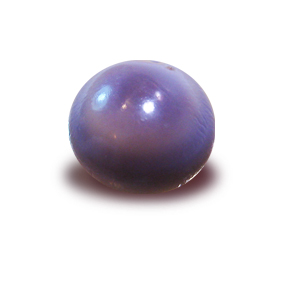 |
Quahog Pearl With its deep purple swirls blending into a white background, the quahog shell is absolutely beautiful. This lovely pearl typically occurs in unusual shades of color from purple to lilac, and it is created in the "quahog" clam that thrives in the Atlantic Soon after the Pilgrims landed at Plymouth, Massachusetts in 1620 it was found that the local Wampanoag tribe used a medium of exchange called "Wampum" which consisted of beads made of the most famous Baystate bivalves...the quahog. Pearls of the quahog are the most precious in the world today being the only salt water purple pearl of any significant size in the world and of incredible rarity. It is also one of the longest lived North American bivalves with a life sometimes greater than 40 years. Though wampum has long since passed into history as the nation's first domestic currency. |
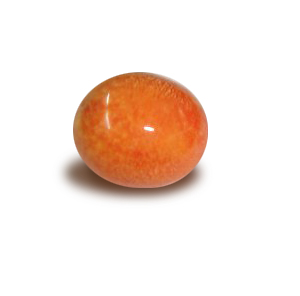 |
Orange Melo Pearl Melo Melo pearls are extremely rare and do not come from an oyster or mollusk but instead from the shell commonly referred to as the "baler shell" which can be scientivically classified as the gastropod known as the Melo genus. Melo pearls are found only in Southeast Asia. The countries in which this shell can be found include China, Vietnam, Myanmar, Thailand, Malaysia, Indonesia and the Philippines. Higher quality Melo pearls have reportedly come out of Vietnam and around Phu Quoc Island in the gulf of Thailand near the Cambodian border. A discovery of a 20mm Melo pearl was also made in 1960 in the Mergui Archipelago. Many natural pearls are composed of a structure that to the human eye resembeles flames under the surface of the pearl. Another pearl type that has that flame like structure is the Conch pearl. The structure is not always present and sometimes may only be visible on peart of the surface. Like conch pearls, the Melo Melo gem is not actually a pearl because it contains no nacre. They can be extremely large and are generally very round. The colors range from tan to dark brown. Orange is the most desirable color.
|
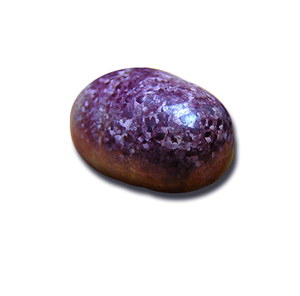 |
Scallop Pearl |
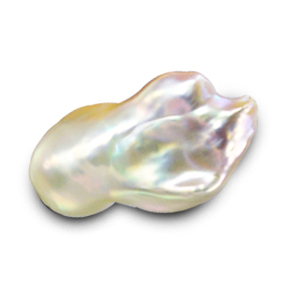 |
Freshwater "Fireball" Pearl (Cultured Pearl) |
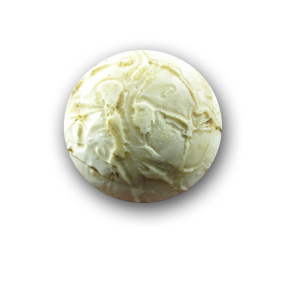 |
|